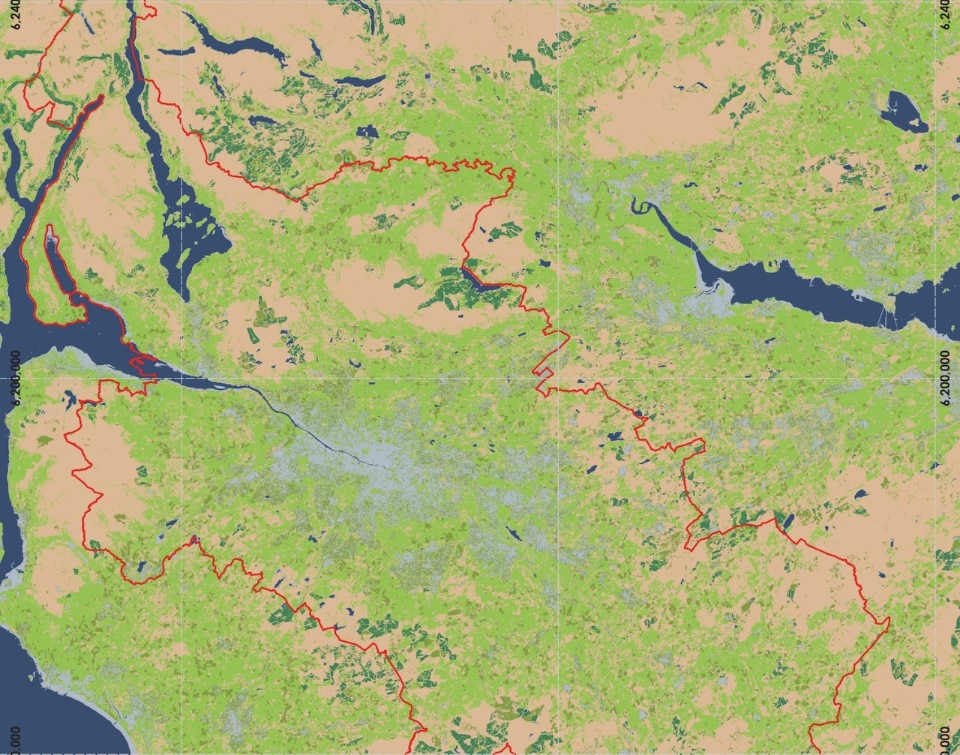This article was originally published on DomusAir n.4, April 2022.
Trees are infrastructure, their roots are plumbing, their leaves are canopy, their trunks are sustainable building material. Urban trees are a city’s frontline flood defense and air quality regulators, they support its healthcare and education services. Forests sequester carbon, absorb stormwater and provide insurance amid the uncertainty of climate change. Their growth, cultivation and maintenance creates green jobs, improves biodiversity, provides homes for flora and fauna and places for humans to connect with nature. In June 2021, Glasgow City Region announced plans to plant 18 million trees in the upcoming decade creating extensive urban forests stretching across now-derelict sites and connecting historic woodlands. In October 2022, Glasgow hosted COP26, and amid the many pledges and promises made by politicians on behalf of nation states, we announced TreesAI - a new infrastructure to help fund, grow and maintain urban forests - which we’re piloting with Glasgow City Council.
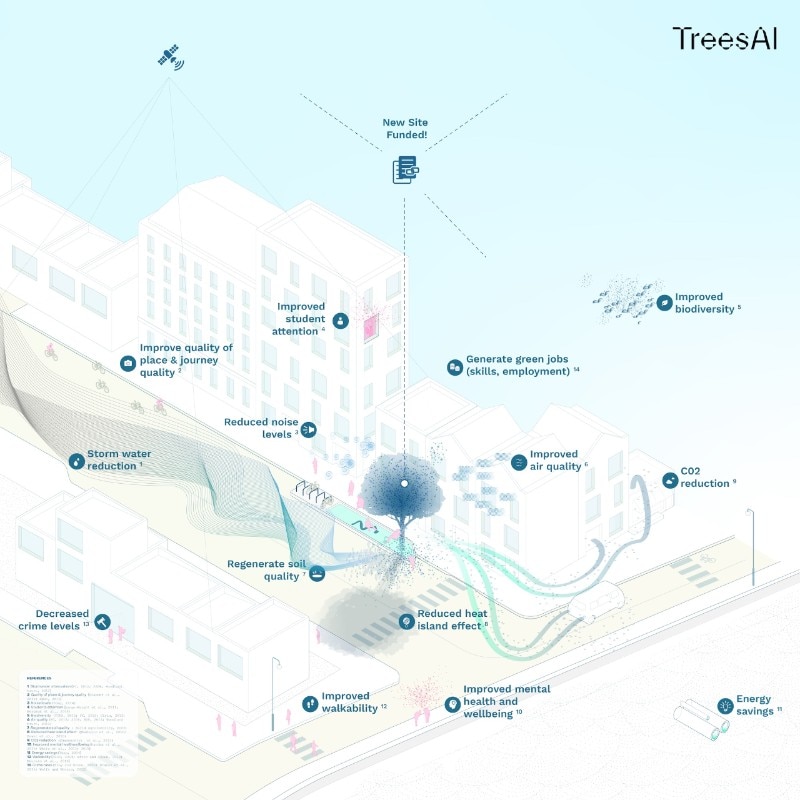
Glasgow is a post-industrial city facing a wide array of interconnected challenges. The city’s shipbuilding and textile industries leave a legacy of contaminated land and in 2017, Glasgow was ranked higher than London among the UK’s most polluted cities. It’s the UK’s third wettest city, and extreme rainfall frequently floods its roads and overwhelms its aging Victorian sewers, where combined sewer overflow has led to a 40% increase in raw sewage in Scotland’s rivers and seas over the past five years. 170,000 people and 99,000 properties near the banks of the River Clyde and Loch Lomond are at increased risk of flooding, the Scottish Environment Protection Agency projects that flooding damage will cost the region about 100 million a year by 2050. The city also faces immediate public health issues, as well as a well-publicised mental health crisis, it has a 15% higher mortality rate than other UK cities.
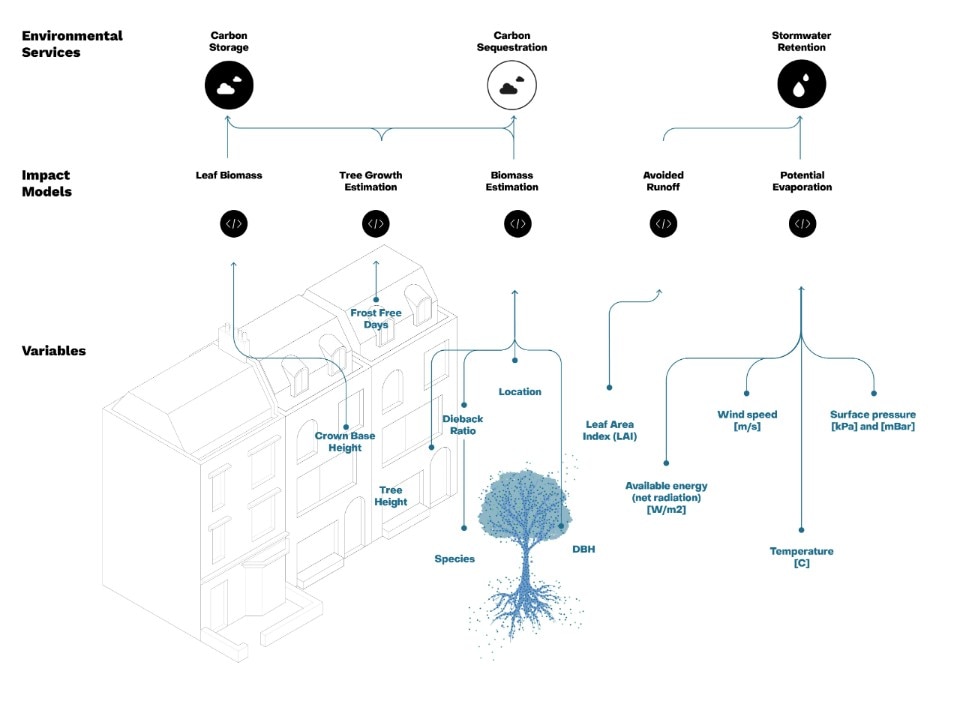
Glasgow’s rigid, human-engineered (grey) infrastructures are creaking, they were designed for a different era and will ultimately buckle under the pressures of climate change. But in keeping with Scotland’s proud infrastructural history, it’s using trees to complement and alleviate pressure on its grey infrastructures, providing green water treatment, improved stormwater management, and flood mitigation. TreesAI is a cloud-based platform, seeking to establish nature as a critical part of urban infrastructure, alongside the city’s bridges, roads, railway, sewers and healthcare services, it aims to place urban forests frontline in Glasgow City Council’s attempts to fight its various challenges, and providing a natural hedge against climate change. Like grey infrastructures, trees have multiple beneficiaries, and therefore require investment from multiple sources. Environmental services are of interest to a vast array of actors:- corporations looking to offset emissions and invest in local communities; utility companies looking to sustain water quality; insurance companies looking to better manage flooding; healthcare providers looking to improve air quality. By improving monitoring using LiDAR and satellite imaging, TreesAI will provide improved tree maintenance and offer investors access to the outcomes most relevant to them.
Molte città del mondo vogliono combattere i cambiamenti climatici con le piante
Our upcoming pilot could help aggregate a range of asset types across Glasgow. Amongst them part of the 18 million trees that will form Clyde Climate Forest, a new woodland stretching along urban and peri urban areas to help prevent flooding and reduce heat island effect. Glasgow City Council’s street trees, swales and ponds will create new sustainable urban drainage systems such as the SuDs Basin that manages surface water at Pendeen Road, reducing pressure on the sewage network and ensuring water is appropriately attenuated and treated before being discharged at the Tollcross Burn.
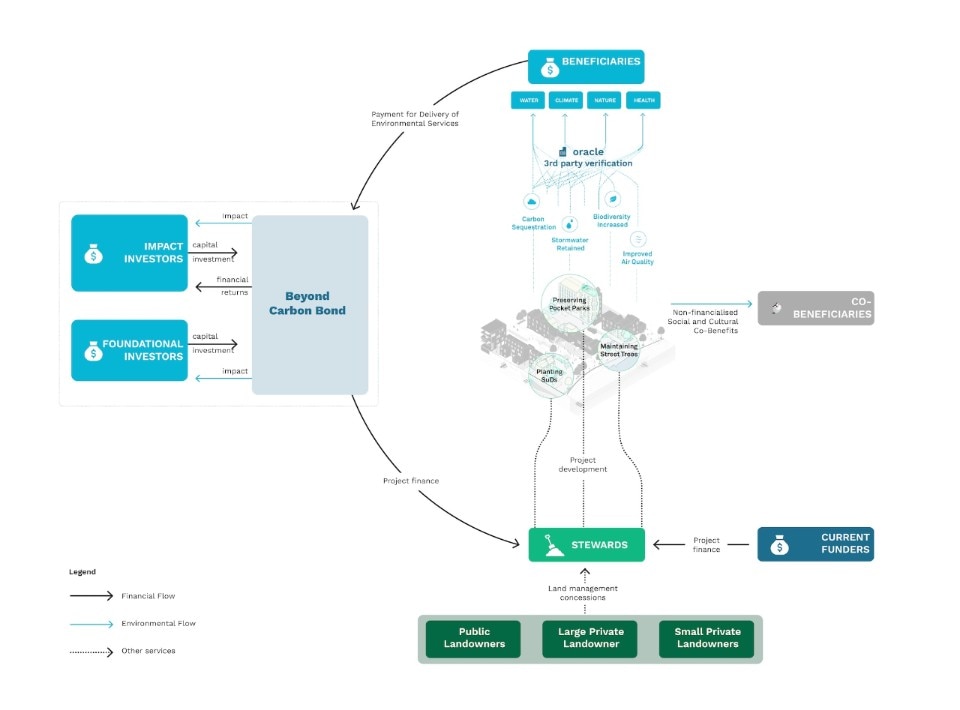
Trees AI could also fund projects like the North Toryglen Integrated Green Infrastructure (IGI), a 3.3m project including a community park, extensive woodland, wetlands and an embankment with a nature reserve, seeking to improve local walking and cycling experiences in southern Glasgow’s green space and create a more liveable, resilient neighbourhood. The TreesAI natural assets portfolio also intends to support Glasgow’s remediation of contaminated land. Since 2011, the City Council’s Stalled Spaces programme has successfully engaged and empowered local organisations and community groups to develop temporary projects on 25ha of vacant, stalled under-utilised urban sites. Projects have included growing spaces, art spaces, community gardens, urban gyms, play areas and wildlife areas.
“We know that achieving our higher climate mitigation and adaptation targets means learning to design and live in cities in radically different ways.” Says Susan Aitken, CEO of Glasgow City Council. “It will require us to rethink our human development and economic growth principles, our asset valuations and investment decisions, and the role of urban forests in our operations and lives. At its core, the TreesAI approach is an invitation to re-evaluate our bureaucratic, financial and cultural relations with urban trees, to achieve better outcomes for cities.”
The Scottish Environmental Protection Agency projects that over 230,000 people in and around Glasgow will be at risk of flooding by 2080. But by that point, some of the millions of trees in the city’s huge urban forest should be reaching maturity, providing a natural hedge against flooding and wider climate-related risks.
Glasgow is not alone, it’s among a number of cities across the world turning to trees in the fight against climate change. Milan, Madrid, Amsterdam, Vancouver are among the several major cities attempting large scale urban forestation. We’re optimistic that TreesAI’s interface and infrastructure can be used to support the climate transition of a diverse number of territories.
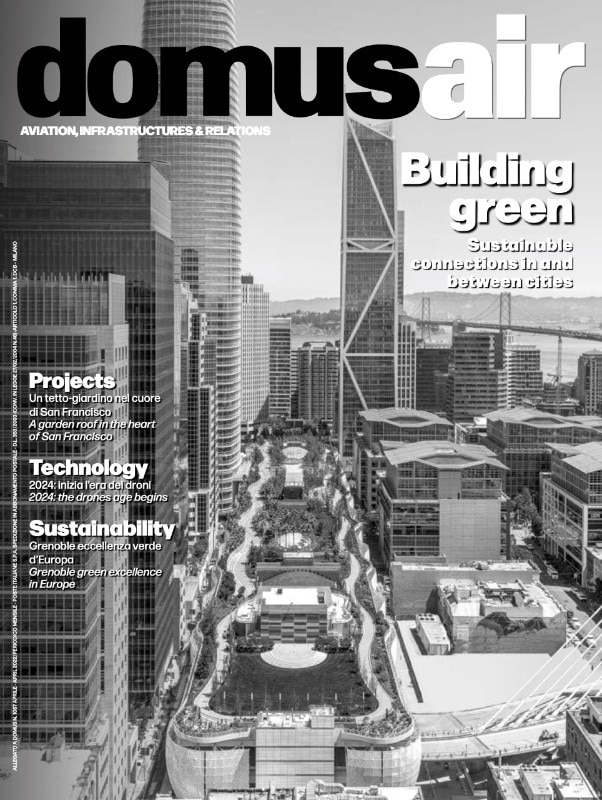
The article has been co-produced with Thomas Theodore, Konstantina Koulouri of Dark Matter Laboratories.
Opening image: Glasgow Green Infrastructure.


